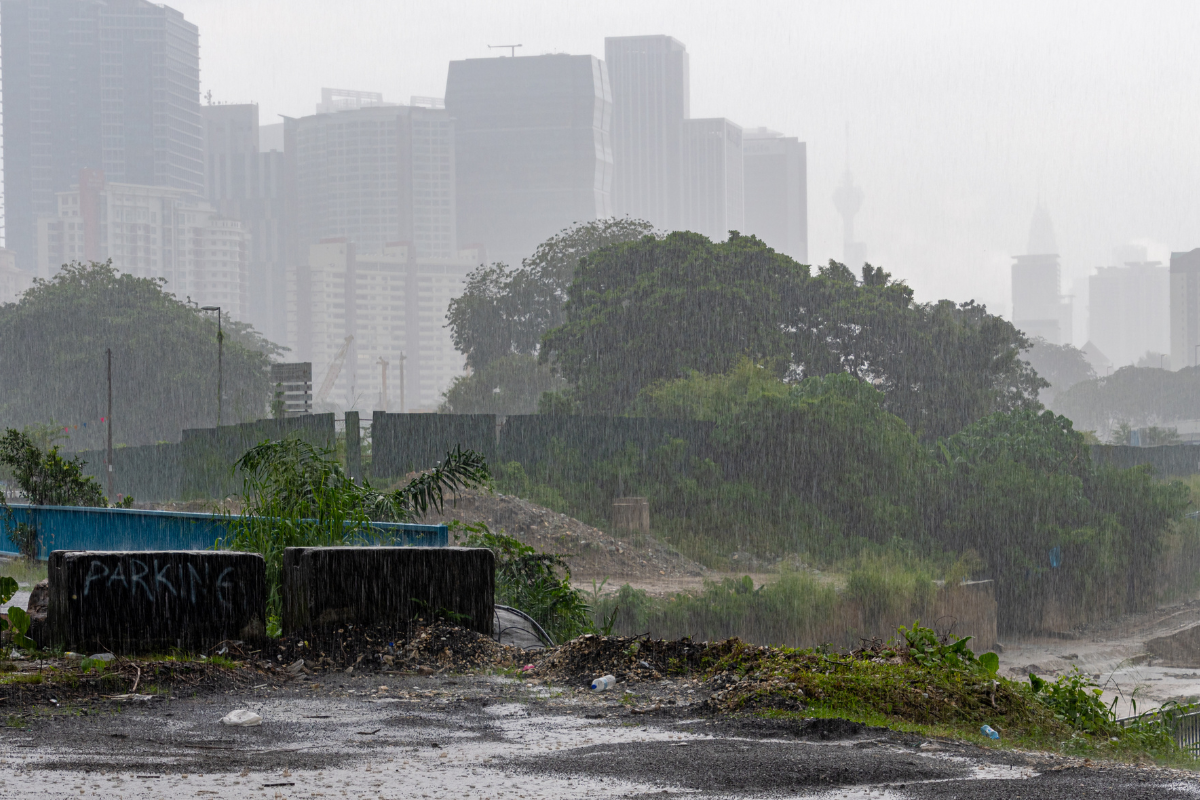Regenerative agriculture shines as a light at the end of the tunnel in an environmentally degenerating world and amidst ever-increasing concerns for climate change forcing one to rethink food production. This is a way in which we can heal our planet and an actual real method of how one could go about feeding the world.
Introduction to Regenerative Agriculture
It focuses on topsoil regeneration, increasing biodiversity, improving the water cycle by enhancing ecosystem services, stabilizing the climate, and Drawdown of reducing greenhouse gases in the atmosphere. In contrast to farming practices, which frequently deplete soils and regions of their vitality, regenerative agricultural methods are centred on restoring as well as strengthing our land.
Regeneration requires a shift to the belief that all healthfulness starts and ends with soil. This practice has been classified as regeneration, which goes a step further than sustainability — keeping things the way they are or maintaining the status quo.
Regenerative Agriculture: The Foundational Principles
Increase in Soil Health:
Everything begins with the intelligence of life-healthy soil. Cover cropping, reduced tillage, and composting are practices that help to build up organic matter in the soil. This also helps to improve the fertility of your soil and make it retain water and nutrients.
Increased biodiversity:
Regenerative agriculture supports crop diversification and animal integration in farming enterprises. This idea mimics ecosystems of the natural world, where multiple species interact to form a resilient and balanced ecology. Biodiversity replaces the use of chemical inputs such as pesticides and fertilizers, since natural predators are more abundant than in intensive farming or organic matter complements it.
Water:
Water management is vital to regenerative farming practices. Rainwater harvesting, contour farming, and using cover crops keep more moisture in the soil while reducing erosion. This saves water whilst also allowing the crops to have enough water during dry periods.
Carbon Sequestration:
Perhaps more than anything regenerative agriculture aids in sequestering carbon. For one thing, carbon sequestration — the capture and storage of planetary-warming greenhouse gases in healthy soils. Practices that enhance soil quality, such as planting cover crops or applying compost and manure help increase one of the mechanisms through which carbon is stored in soils.
Less Tillage:
Conventional plowing and tilling can disturb soil structure, cause erosion, and release sequestered carbon in the process. To this end, the principles of regenerative agriculture avoid tilling as much as practical in order to protect soil structure and maintain its organic matter.
Regenerative agriculture and the environment
On three main fronts, its environmental impact is just as significant: Climate change where the problems associated with industrial farming are so urgent that addressing them may be key to slowing or reversing potentially catastrophic global warming trends. The threats posed by the runaway climate emergency require not only rapid deployment of renewables and carbon capture technologies but also systemic reforms to how we grow our food. Soil Regeneration is the solution Healthy soil equals a healthy ecosystem. Rather than the conventional agricultural methods of past decades, regenerative agriculture approaches focus on revitalizing soil and cultivating healthy microbiology all in order to create an environment for a strong crop response.
Greater biodiversity because regenerative agriculture encourages a diverse range of plant and animal species to coexist within the ecosystem, therefore making it more robust. That variety helps not only in wildlife support but also as a tool for pest control and weed management, which requires no chemical intervention.
Carbon Sequestration: Regenerative agriculture has the power to make farming a net sink of carbon rather than the source. Moreover, by building soil organic matter regenerative agriculture can pull down substantial C02 from the atmosphere which may have an additional role in the mitigation of climate change.
Save Water: healthy soil retains more water- less irrigation & protects H2O resources It is even more relevant in water-scarce areas as every drop matters.
How Regenerative Farmers Are Growing Nutrient-Dense Food For the World
What first sparked my interest regarding regenerative agriculture many years ago was its promise for global food production. The world’s populations continue to grow and food demand are at an all-time high. But with traditional farming practices—chemical inputs, monoculture cropping systems faced huge drawbacks. Enter regenerative agriculture, a viable and sustainable solution to the world’s food requirements without having repercussions on the planet.
Increased Crop Yields: Opponents of regenerative agriculture are of course quick to say that it will not allow for as much food production as conventional farming, but the data seems very encouraging. Healthy soils with a large concentration of organic matter and nutrients are capable of sustaining high-yield crops. Using a rotation of crops and integration with livestock can also increase the productivity on farms across Kajiado.
Climate Change Resilience: Regenerative practices give better resilience to climatic adversities viz. extreme weather events and changing growing seasons due to the climate change effects on agriculture systems This resiliency is critical in order to provide continued food security against an increasingly erratic climate.
Local Food Systems Regenerative agriculture, for the most part, also concentrates on local and even regional food systems to keep travel distances short. Not only does this lower carbon emissions from food production, it boosts regional economies and enables healthier produce for communities.
Technology in Regenerative Agriculture
Regenerative agriculture is based on thousands of years old agricultural practices, and yet regenerative ag technology is firmly focused on the 21st century. For example, through precision agriculture with tools like GPS-aided tractor and soil sensors; regenerative practices may be able to achieve an optimum effect. GPS technology, for example, can help minimal tillage be applied only where needed, and soil sensors can keep track of water levels to make sure irrigation is optimal.
Where these practices are now fully effective, decades more research and streamlined tech development will help farmers make smart choices about regenerative actions in their fields. However, by fusing ancient wisdom with cutting-edge technology one can upscale regenerative agriculture to the demands of a planet urgently in need of food.
The Challenges and the Road Ahead
While regenerative agriculture is not without its hurdles, there remain certain things that must first be overcome before it can truly enter the mainstream. These include:
Upfront Investment: Implementing regenerative practices means purchasing new equipment, like no-till planters and cover crop seeders. There might be some kind of learning curve as farmers get adjusted to new ways.
Market Access: Farmers implementing regenerative agriculture may have trouble accessing markets that recognize and reward these environmentally friendly approaches. Certification programs and consumer education could fill this gap.
Favouring Policy Support: Often government policies offer various subsidies and incentives in favour of conventional agriculture. Change in these policies to promote regenerative practices is essential if we want more farmers supporting sequester bands.OutputStream and Buffering
Conclusion
Regenerative agriculture is not a mere farming method, but it leads us to future sustainability. Regenerative agriculture is a sustainable and holistic farming model that helps build rich, healthy soil while also increasing biodiversity to mitigate climate change. In a world scrambling to find solutions for feeding an ever-hungry population, looking after the soil that helps create sustenance is essential, and regenerative agriculture offers one of the best approaches we know yet.
The time to act is now. Regenerative farming will allow the Earth to recover and provide future societies with a source of food. Innovation, as represented by technological advancements including precision farming using GPS or the development of smart robotic tractors however isn’t a major stride toward advancing economical and nourishing agricultural systems.
Disclaimer: This content is sponsored and does not reflect the views or opinions of Ground Report. No journalist is involved in creating sponsored material and it does not imply any endorsement by the editorial team. Ground Report Digital LLP. takes no responsibility for the content that appears in sponsored articles and the consequences thereof, directly, indirectly or in any manner. Viewer discretion is advised.
Follow Ground Report on X, Instagram and Facebook for environmental and underreported stories from the margins. Give us feedback on our email id greport2018@gmail.com.
Don’t forget to Subscribe to our weekly newsletter, Join our community on WhatsApp, Follow our Youtube Channel for video stories.
Check out Climate Glossary to learn about important environmental terms in simple language.
Keep Reading
Tank under construction, dam under repair & Chanderi Village struggles for water?
Constructed wetlands can provide a solution for wastewater treatment
Indore Reviving Historic Lakes to Combat Water Crisis, Hurdles Remain
Jal Shakti Abhiyan: Catch the Rain 2024 Emphasizes Women in Water Conservation









